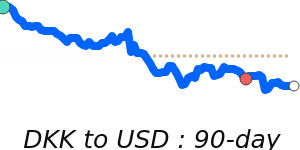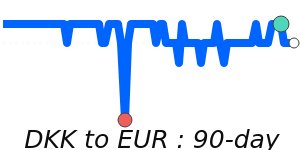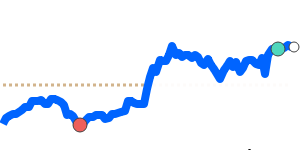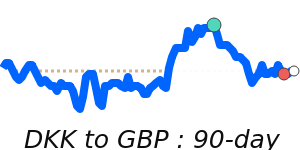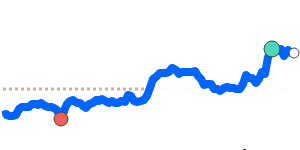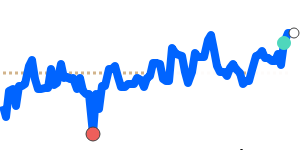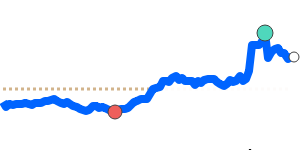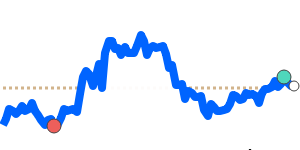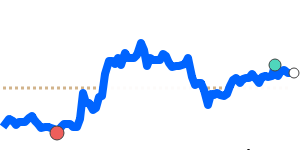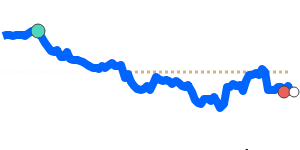The USD to DKK exchange rate has experienced downward pressure lately, primarily from expectations of an aggressive easing cycle by the Federal Reserve. Analysts highlight that the USD has retreated following a soft consumer price index report revealing inflation fell to 2.7% in November. This unexpected drop in inflation has led markets to price in potential rate cuts beginning as early as mid-2026, contributing to a bearish sentiment surrounding the dollar.
Recent USD trends also reflect mixed economic signals, with some indicators pointing to slowing growth contrasted by a resilient labor market. As the economic outlook remains uncertain, the US Dollar Index has seen a pullback from recent highs amidst a shift in market sentiment favoring risk assets, which tend to draw investments away from the dollar. A continued 'risk-on' environment and an improved global backdrop for major currencies like the euro and yen add further downward pressure on the USD.
Meanwhile, the Danish krone faces its own set of challenges despite its relative stability. Developments indicate that the Central Bank of Denmark has maintained its current account rate to support the krone's peg to the euro amid financial uncertainties. However, concerns about the krone's depreciation, particularly against the Euro, have been voiced among economists, with worries that this trend might prompt intervention from Danmarks Nationalbank.
The USD/DKK exchange rate currently stands at 6.3454, which is 1.1% below its three-month average of 6.416 and has traded within a stable range of 2.6% recently. Given the ongoing dynamics in both the US and Danish economies, traders should remain vigilant regarding shifts in monetary policy and economic data releases that could sway the exchange rate. Observers suggest keeping an eye on upcoming inflation reports and Federal Reserve communications, which could provide critical clues about the future trajectory of the USD against the DKK.
